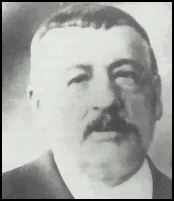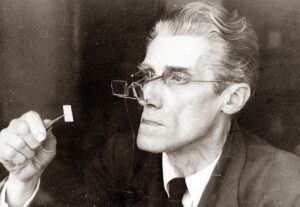Modern philatelists have lumped together the three broad categories of stamp reproductions that collectors of previous generations kept separate. This has been done largely because modern collectors are unfamiliar with the history of philatelic reproductions. Philatelic reproductions come in three broad types.
The first major type of philatelic reproductions identified by stamp collectors are postal forgeries. Postal forgeries were usually made at the same time that the genuine stamps were made, not for stamp collectors, but to defraud the issuing country of postal revenue. Such postal forgeries were common on the early issues of such countries as Spain and many of the Italian States and were the reason that the postal authorities changed design types so often. Postal forgeries often made it through the postal stream, used by the forgers to reduce their postal costs and defraud the postal service. Postal forgeries are very collectable and desirable, either mint or used, and are always rarer and usually more expensive than the genuine stamps themselves.
 The next class of reproductions is philatelic forgeries, made for selling to stamp collectors. These come in two broad types and have become confused over the last century. The first type of philatelic forgeries are called facsimiles. These were made in the early years of philately to sell to unsophisticated collectors as space fillers. Producers of facsimiles tried to make the stamps look as much as possible like the originals, but since their intention was to sell the facsimiles for pennies a piece, production values (and likeness to the original) were low. Examples of facsimiles are the 1910 era Confederate States facsimiles which are still seen in many collections. These stamps sold for pennies in 1915 to collectors, who never could afford the real ones and who were quite happy to have a reproduction, no matter how crude. The transition from facsimile to full fledge philatelic forgery began with the great philatelic forger Francois Fournier. Fournier made no bones about what he was doing, as he advertised his stamps as reproductions and sold them for very little. But the forgeries were pretty good, and when they made it into the resale market, they defrauded many collectors.
The next class of reproductions is philatelic forgeries, made for selling to stamp collectors. These come in two broad types and have become confused over the last century. The first type of philatelic forgeries are called facsimiles. These were made in the early years of philately to sell to unsophisticated collectors as space fillers. Producers of facsimiles tried to make the stamps look as much as possible like the originals, but since their intention was to sell the facsimiles for pennies a piece, production values (and likeness to the original) were low. Examples of facsimiles are the 1910 era Confederate States facsimiles which are still seen in many collections. These stamps sold for pennies in 1915 to collectors, who never could afford the real ones and who were quite happy to have a reproduction, no matter how crude. The transition from facsimile to full fledge philatelic forgery began with the great philatelic forger Francois Fournier. Fournier made no bones about what he was doing, as he advertised his stamps as reproductions and sold them for very little. But the forgeries were pretty good, and when they made it into the resale market, they defrauded many collectors.

